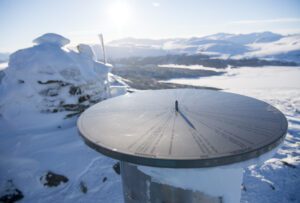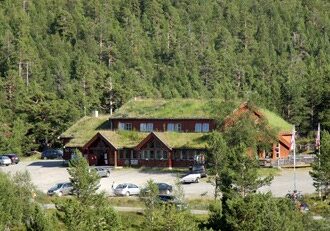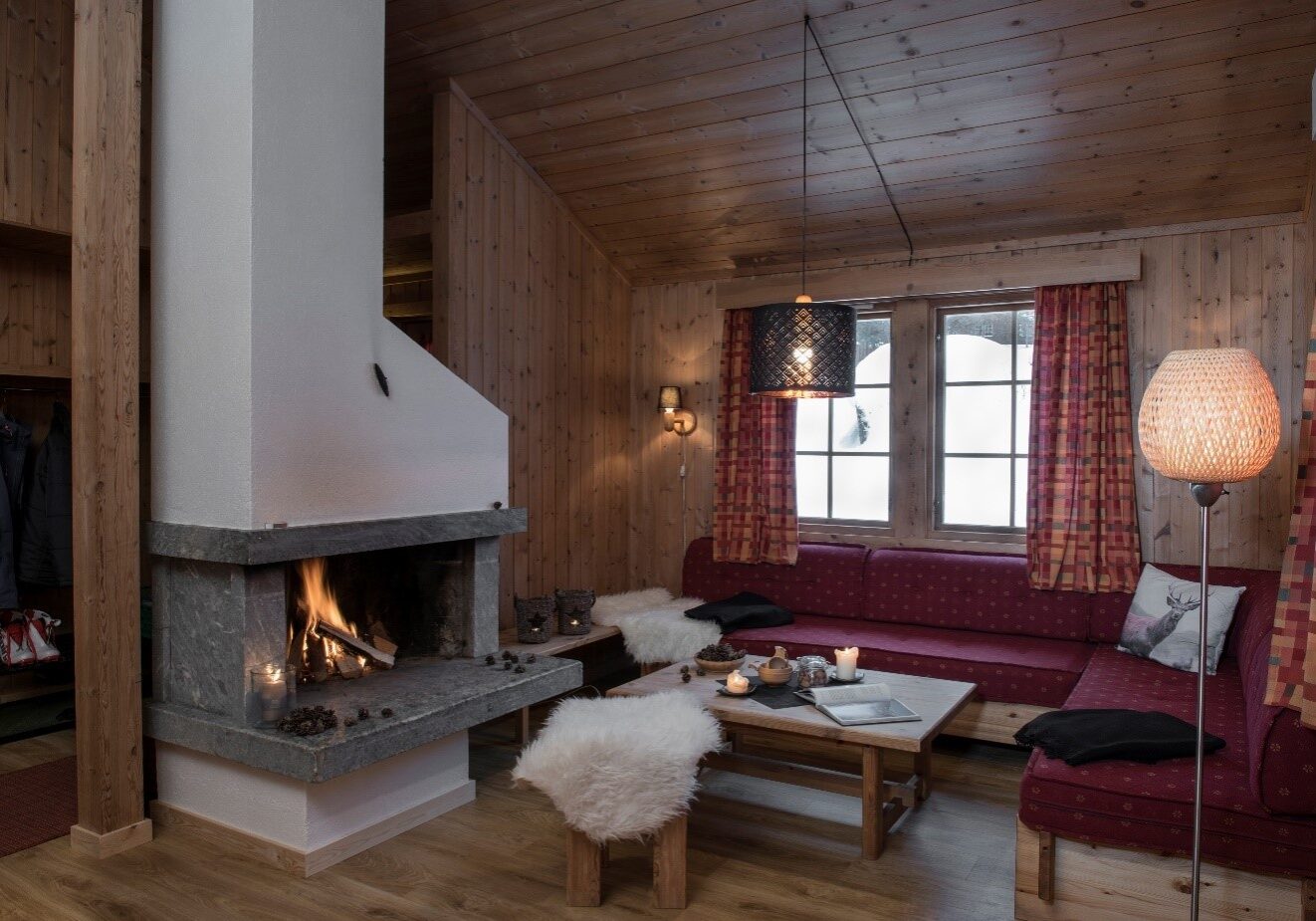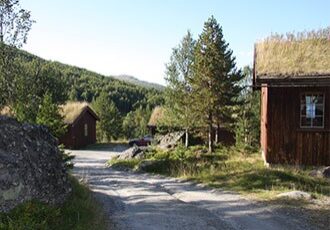Jotunheimen National Park
In 1862, Aasmund Olavsson Vinje named these mountains "Jøtunheimen".
Jotunheimen National Park
Few places in the world are as densely packed with national parks as the region you're in now. Between the national parks you will find several nationally valuable cultural landscapes, the largest number of listed buildings in the country and living traditions linked to local food, crafts, music and hunting culture. In the National Park Kingdom, you can pick and choose between highlights of Norwegian natural and cultural heritage. We have what you want most of all - real, good experiences you'll remember for a long time. Welcome to the National Park Kingdom!
The highest mountains In 1862, Aasmund Olavsson Vinje named these mountains "Jøtunheimen". Today, Jotunheimen is the name we use for this mighty mountain area with the highest mountains in Northern Europe. Most of the country's peaks above 2,000 meters are located here, with Galdhøpiggen, 2,469 meters above sea level, and Glittertind, 2,464 meters above sea level, being the highest. Jotunheimen has many glaciers and between the high mountains and glaciers there are lush valleys and waterways with several large lakes. Gjende is the largest in the national park with a length of approx. 20 km.
Plant and animal life Jotunheimen holds the altitude record for many of our mountain plants. At Glittertind you can find ice soles all the way up to approx. 2370 m above sea level. Several forest flowers also find their highest distribution here. Lowland species include. lily of the valley, strawberries, chickweed and wild violet. The only forest in the national park grows along Gjende. The mountain forest grows all the way up to 1200 meters above sea level. The animal and bird life does not differ much from what is common in Norwegian high mountains. It is registered approx. 75 nesting bird species in the national park. All four of our large cervids, reindeer, elk, deer and roe deer are represented. Several lakes and watercourses in Jotunheimen have good trout fishing.
The use of the mountain From time immemorial, the use of the mountain has been linked to hunting, trapping, fishing and grazing with livestock. On your hike, you can find more memories from this activity. In Jotunheimen, conditions are ideal for skiing, hiking, glacier hiking and climbing. Large parts of the mountain area are now open for outdoor activities with cairns and marked hiking trails. In many places, you can still explore seemingly 'unknown territory'.
Protection In 1980, an area of 1145 km2 of Jotunheimen was protected as Jotunheimen National Park. At the same time, an area of 314 km2 in the west was protected as the Utladalen landscape conservation area. The protected areas have their own regulations for how we can take care of these values in a long-term perspective.
Practical information In the national park you can: Travel freely on foot and on skis, rest and camp, pick berries and mushrooms, hunt and fish according to current rules in the area - remember hunting and fishing licenses. It is not permitted to: Damage plants or disturb animals and birds unnecessarily, including live and dead trees and shrubs, break loose rocks and minerals, introduce new plant, animal or fish species, pollute and litter. Motor vehicles are not permitted on land or water - some exceptions apply.
Small game hunting and fishing In state-owned commons (approx. 99% of the national park), hunting and fishing are administered by the local mountain board. There are hunting and fishing arrangements in most private areas. For more information, contact the person responsible for hunting and fishing in the relevant municipality.
The national parks in Norway - worth preserving Nature in Norway is magnificent and varied. There are still areas where nature's own laws govern the development of plant and animal life. Many of these areas are in danger of losing their distinctive natural qualities if we do not give them adequate protection. It is important that a selection of all habitats is secured for posterity. The goal is to establish representative national parks and other protected areas from sea to mountain. In our national parks, we want to preserve the variation in Norway's natural heritage, both for nature and for ourselves. Future generations have a right to experience untouched nature, and researchers must also be able to study the interaction in such nature in the future. The national parks contain some of our most valuable natural treasures - let's take care of them together!
Information about Norwegian Mountain Center in Lom, authorized national park center.
Respect for glaciers and mountains It is dangerous to walk on glaciers without safety equipment. Glacier walking must be done with an experienced driver. Remember, the right equipment isn't enough if you can't use it. Always consider clothing and equipment before your trip. Have a good trip!

Good to know:
- Find out about traffic in the National Park and respect nature



